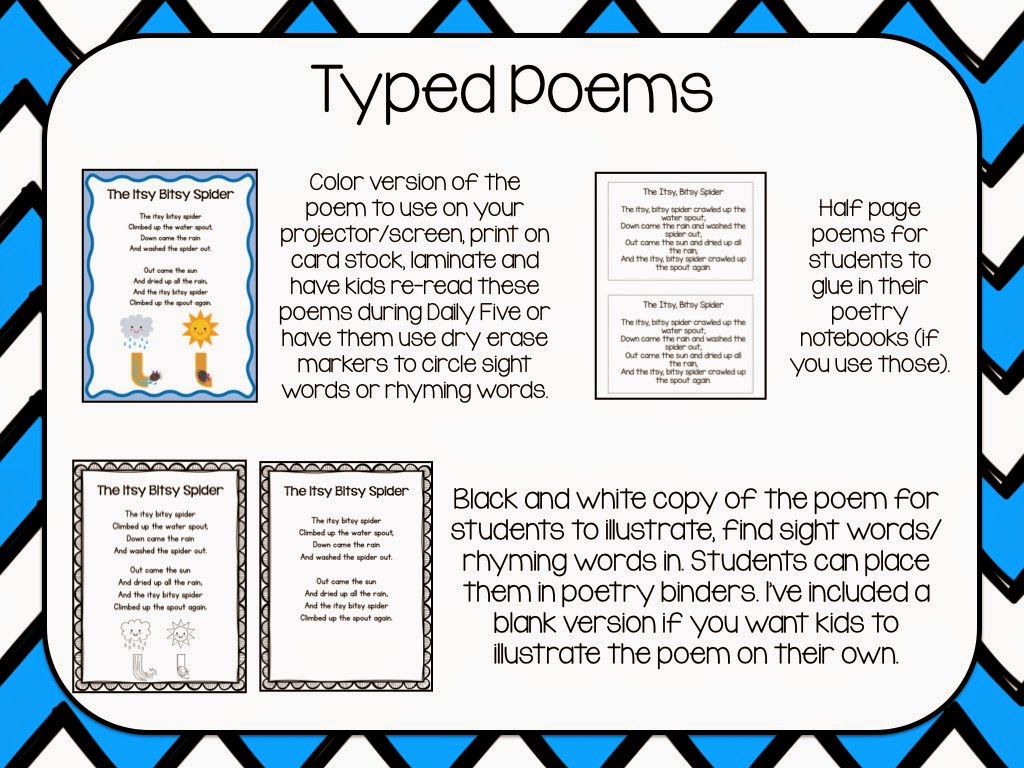Happy Holidays! I hope you are all enjoying
a restful break. Today I want to share some easy ways you can take some of the holiday leftovers into your Early Childhood classroom to create some engaging
learning activities.
As teachers (especially primary and early childhood teachers) we tend to have some hoarder tendencies...but it's only because we know there is a learning opportunity in almost anything! Am I right? Less waste, more learning...it's a win win! In my post today I'm going to offer ideas targeted for pre-K and K but you can take the idea and easily modify it for first, second and even third grade.
Let’s start with holiday cups. If you threw a party at your house or you still have leftover cups from your classroom holiday party, don’t throw them away! Depending on how many you have you can do several things with them.
If you have a lot, you can place them in a
math center for stacking and building. The cups can be used in your sand table
or sensory table for scooping and measuring.
For a math station you can number each cup with dots or a
numeral and have kids place pom poms or counters in each cup to match. In the
photo above I numbered popsicle sticks with sets of either 3 or 4. I arranged
the dots in different patterns so kids will have to count each dot and they
will also have to understand that 3 doesn’t always look a certain way,
sometimes three can be three dots side by side and sometimes it might be 1 dot
here and 2 dots over there. This is the foundation for composing and
decomposing numbers. For this center kids grab a popsicle stick, count the
amount and place it in the correct cup. Cheap, easy and purposeful!
Napkins or Wrapping Paper
I loved creating napkin books with my kids,
they are so easy and the kids really like them. All you have to do is staple
blank pieces of paper inside the books and the kids can do anything with them:
stories, lists, counting books, vocabulary books, sequencing, etc.
In the photo below I used wrapping paper to create a book.
Bags
Leftover holiday gift bags are great for
counting, sorting, or as a prop in your dramatic play center. To use them for a
sorting decide on what you want kids to sort and label the bags appropriately.
In this picture I made a rhyming game, you can pick up cards for the rhyming game here.
Greeting Cards
When I taught kindergarten we always saved
our leftover greeting cards and used them during our measurement unit. We would
have kids use tile manipulatives and measure the height of the cards. Place a
sticker on each card with a letter so kids can record how many tiles tall each
card is. You can also use the cards to teach area and perimeter. You can pick
up a greeting card measurement sheet here.
Plants
Holiday plants are very popular in most
areas. In south Texas we are big on poinsettias. I always have some hanging
around the house after Christmas. If you have some that you can keep alive (I’m
a notorious plant killer….eek!) bring them into your classroom. They make an
engaging piece to add to your science center. Place the poinsettia there with
magnifying glasses, art supplies and paper and let kids observe the plant. You
can have them touch and smell the plant and record their observations.
This activity can also be done with parts
of leftover Christmas trees!
Holiday Plates
I always have a random assortment of
leftover plates. Depending on the size and strength of the plate you can either
create lacing cards, counting cards, subitizing cards or even puzzles.
I hope you got some ideas to take back to your classroom this January. How do you reuse your leftovers?
























